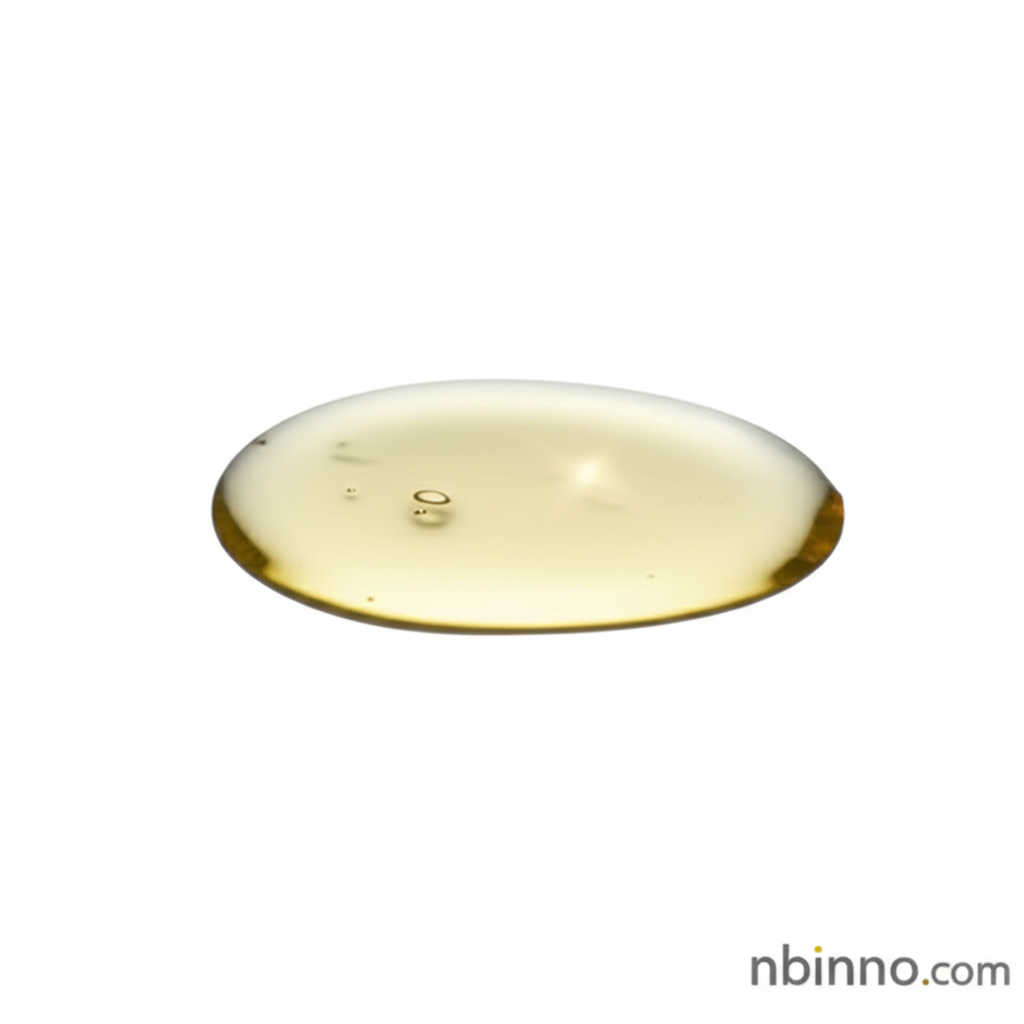The Multifaceted World of Octylphenol Polyethylene Glycol Ether
Discover the essential properties, diverse applications, and evolving landscape of this key laboratory surfactant.
Get a Quote & SampleProduct Core Value

Octylphenol Polyethylene Glycol Ether
This nonionic surfactant is a cornerstone in scientific research and various industrial processes. Its amphiphilic nature, with both hydrophobic and hydrophilic components, allows it to effectively disrupt biological membranes and solubilize proteins, making it invaluable for cell lysis and protein extraction.
- Discover the versatility of laboratory detergent uses, ranging from basic cell lysis to complex protein solubilization.
- Explore the critical micelle concentration (CMC) and other key properties that define its effectiveness as a surfactant.
- Understand why this nonionic polyoxyethylene surfactant is a preferred choice in biopharmaceutical manufacturing processes.
- Learn about the ongoing discussions and the search for greener alternatives to traditional laboratory detergents.
Key Advantages
Versatile Solubilization
Its ability to solubilize proteins and membrane components makes it a go-to for researchers studying protein behavior and cellular structures, leveraging its properties in protein solubilization.
Broad Compatibility
This nonionic surfactant demonstrates excellent compatibility with various biological molecules and buffers, facilitating its use in diverse laboratory protocols and research applications.
Established Efficacy
With a long history of use in laboratory applications, its efficacy in cell lysis and other critical biochemical tasks is well-documented and relied upon by scientists worldwide.
Key Applications
Cell Lysis
A primary use for this octylphenol polyethylene glycol ether is in breaking open cells, essential for extracting internal components for study, fitting into the realm of cell lysis applications.
Protein Extraction and Solubilization
It excels at dissolving proteins, particularly membrane proteins, which is crucial for their purification and subsequent analysis, highlighting its role in protein solubilization.
Biopharmaceutical Manufacturing
Used in the production of biopharmaceuticals, it plays a role in virus inactivation and other critical manufacturing steps, showcasing its importance in biopharmaceutical surfactant use.
Industrial Cleaning
Beyond the lab, its detergent properties make it suitable for various industrial cleaning formulations, addressing a broader market need for effective cleaning agents.
